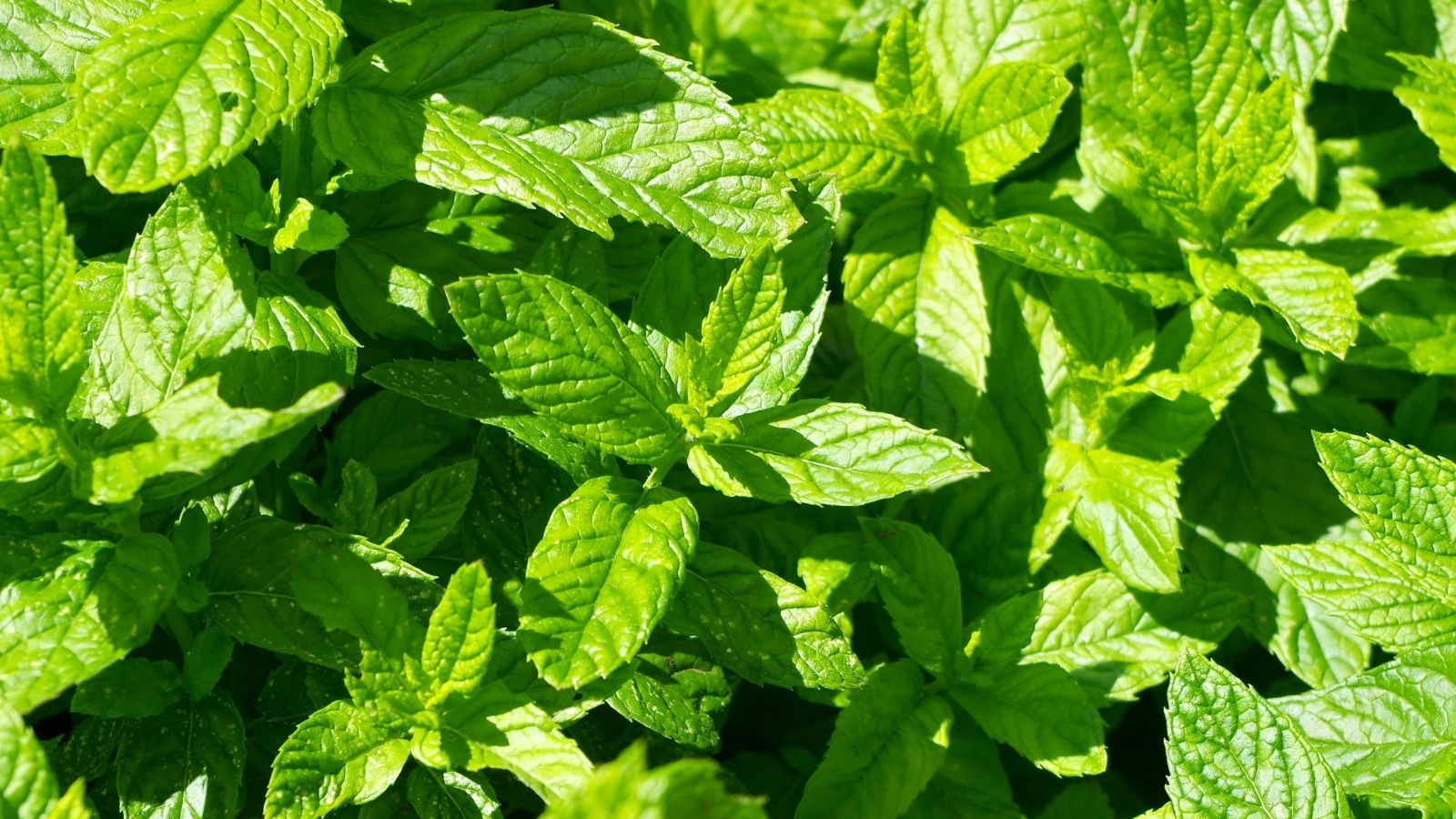Growing herbs at home is always beneficial and cheering. They help you to keep your family members healthier. Mint plants also help to clean the indoor air. The health benefits are numerous. You can add mint to any platter; from sauces to teas and from desserts to main courses. With the beautiful aroma and scent, mints are really great too rich in various nutrients. It contains Vitamin A, Manganese, Iron, antioxidants and Fibre. Mint intake can help to improve eyesight and can keep the brain steady even while working for long office hours.
If you are worried about your indigestion problems to bowel issues, mint can right away pose as an excellent cure for the same. All the more, with the modern healthcare at hand, you can easily get hold of mint capsules. For the skin rashes, mint leaves can be squeezed to obtain mint oil. All the more, mint oils are also essentials oils in the domain of aromatherapy. Therefore, for the obvious reasons, mint is definitely the healthiest and the most common herb available at the dinning table.

The best part of growing mint is that, it can be grown in planters even in the kitchen. It is that easy. Herein, we have collected the easy steps to grow mint right in your house.
The 5 amazing steps to grow mint indoors
First step- Find a sunny spot
Mint though being tender herbs love to bathe in the bright sunlight. So, find a portion of your room which receives adequate sunlight. Likewise, you can either grow them at the window sills of your kitchen or can simply grow them in the living area under a fluorescent lamp. Remember to provide ample sunlight as it would regulate its photosynthesis and will also keep it disease free. The northern windows are absolutely perfect for growing mint. Shade perhaps for some hours is okay but more of cold period will ruin the health of the plant. Moreover, provide focussed light. A haphazard array of light will make the plant’s growth very erratic and disproportional.

Second step- When and how to water the plant
The mint plants need rigorous watering since they stay in the bright light almost throughout the day. You can water it as regularly as you can. Mints do not mind having puddled roots or having watering sessions thrice a week. These are very versatile and easily adjusting plants. While watering remember, to let the water seep in to the soil very neatly. Wait for the slow seepage of the water through the bottom hole of the planter. The best advice while watering is to check if the soil looks dry from above or whether the planter looks a bit less heavy. While watering, carefully let the water seep through the soil at least three to four times.

Third step- Find the appropriate soil
The soil required for growing mint should be fertile and rich in nutrients. The soil can be a mixture of clay and sandy soil. It should be well-drained and properly aerated by tilling the soil layers over and over. While growing this plant, try to choose a wide planter of at least seven to eight inches in diameter. The planter should be deep as well with a hole at the bottom. Try to use ceramic or plastic planters for growing mints indoors. Regularly use organic manure and fertilizers to make the soil even healthier and better for the plant.

All the more, mints can also be grown in water and also by the hydroponic method.
Fourth step- Choose which mint variant to grow
The variety of mint available in the market can confuse you which one to grow and which not to. The most common and easy to grow mints at home are pineapple mint, peppermint and the apple mint. Some also love to grow the chocolate mint and the spearmint. The variants of the mint should be chosen with care. However, as such the difference in the varieties of the mint does not necessarily bring about much changes on the maintenance of the plants.

To grow the mint plant, always select the stem cutting from the mother plant to get faster growth. Within three weeks of planting the stem in the potting mix, the roots of the plant will get fixed. With another couple of weeks, you can see your mint grow up.
Fifth step- Pruning the plant
Mints grow bushy so, pruning and trimming is very important. Pruning twice a month is ideal; and do not chop off the growth tips. Use herb scissors to trim.
Conclusion
So, you see growing mint indoors is no rocket science. Following these steps cautiously will soon help you to have a potted mint plant at your home.

